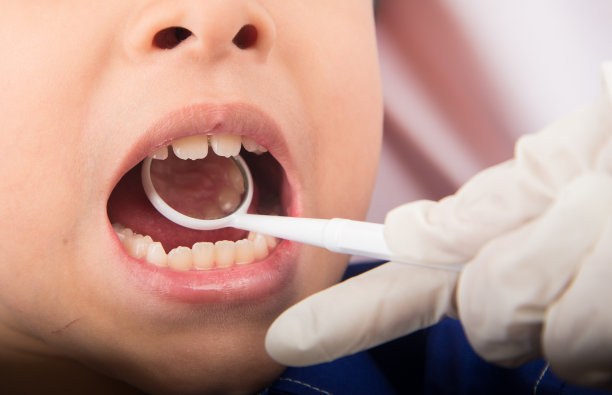Essential Guidelines and Precautions to Follow Before and After Your Dental Filling Appointment
Summary: Preparing for a dental filling appointment requires careful consideration and awareness of certain guidelines to ensure the best possible outcome. This article discusses essential precautions to take before and after your appointment, including how to communicate with your dentist, dietary recommendations, post-treatment care, and signs to monitor for potential complications. By following these guidelines, patients can facilitate a smooth procedure, minimize discomfort, and promote faster recovery. Understanding what to expect can significantly enhance your dental experience, fostering a healthier smile for years to come.
1. Communicating with Your Dentist Before Treatment

Before your dental filling appointment, honest and open communication with your dentist is essential. Make sure to disclose your complete medical history, including any allergies, medications you might be taking, and previous dental treatments. This information allows the dentist to tailor the treatment plan specifically to your needs and ensure your safety during the procedure.
Additionally, discussing your concerns about the filling process can help alleviate anxiety. If you have had a previous experience that left you nervous or unsure, expressing these feelings can enable your dentist to provide reassurance and support. They may suggest methods for pain management, such as local anesthetic or sedation options.
Don’t hesitate to ask questions about the materials used for the filling. Different types of fillings, such as amalgam or composite resins, have varying benefits and applications. Understanding these details will help you make an informed decision about your dental care.
2. Dietary Recommendations Before Your Appointment
What you eat before your dental appointment can significantly influence your comfort and treatment experience. Generally, it is recommended to eat a balanced meal several hours before your visit. This will ensure you have the energy necessary to cope with the procedure and aid recovery afterward. However, if you plan on receiving sedation, your dentist may advise you to fast for a period prior to your appointment.
Avoid high-sugar or highly acidic foods that can promote dental sensitivity and discomfort during treatment. Foods that are easy to chew and digest are recommended. Moreover, staying hydrated is essential, so drink plenty of water leading up to your appointment.
Finally, if your appointment is late in the day, consider bringing a light snack to consume afterwards, as the numbness from anesthesia may make it difficult to eat right away. Avoid hard or sticky foods for a few hours post-treatment to prevent any strain on the newly filled tooth.
3. Post-Treatment Care for Your Filling
Proper care following your dental filling is crucial for a successful recovery. Once the procedure is completed, be mindful of the numbness caused by anesthesia. Avoid chewing on the side of your mouth where the filling was placed until sensations return to normal. This helps prevent accidental biting and discomfort.
After the anesthesia wears off, you might experience some sensitivity in the filled tooth. This is normal, but you should manage discomfort with over-the-counter pain relief as recommended by your dentist. If the sensitivity persists beyond a few days or worsens, contact your dentist to evaluate for any potential issues.
Maintain excellent oral hygiene practices post-treatment. Gently brush and floss around the filled area to prevent any food particles from accumulating, which can lead to decay in the future. Additionally, follow any specific care instructions provided by your dentist, which may include avoiding certain foods temporarily or applying fluoride varnishes.
4. Monitoring Signs After Your Dental Filling
After receiving a dental filling, keep an eye out for any unusual symptoms or concerns. Minor discomfort can be expected, but sharp pain, prolonged sensitivity, or visible signs of filling damage should be reported to your dentist straight away. These signs may indicate that the filling is not properly placed or may be coming loose.
If you notice a change in your bite or if it feels like the filling is too high, return to your dentist for an adjustment. A proper bite ensures that your fillings and remaining teeth function harmoniously together.
Additionally, watch for any signs of infection, such as swelling of the gums or discharge around the filling site. Early detection and treatment are essential to prevent further complications, so don’t hesitate to reach out to your dental care team if you have concerns.
Summary:
In conclusion, adhering to essential guidelines before and after your dental filling appointment will promote a safe and effective treatment experience. Open communication with your dentist, thoughtful dietary choices, careful post-treatment practices, and vigilant monitoring afterwards all play critical roles in ensuring successful dental care. By understanding and implementing these precautions, patients can enhance their recovery and maintain optimal oral health.
This article is compiled by Vickong Dental and the content is for reference only.



